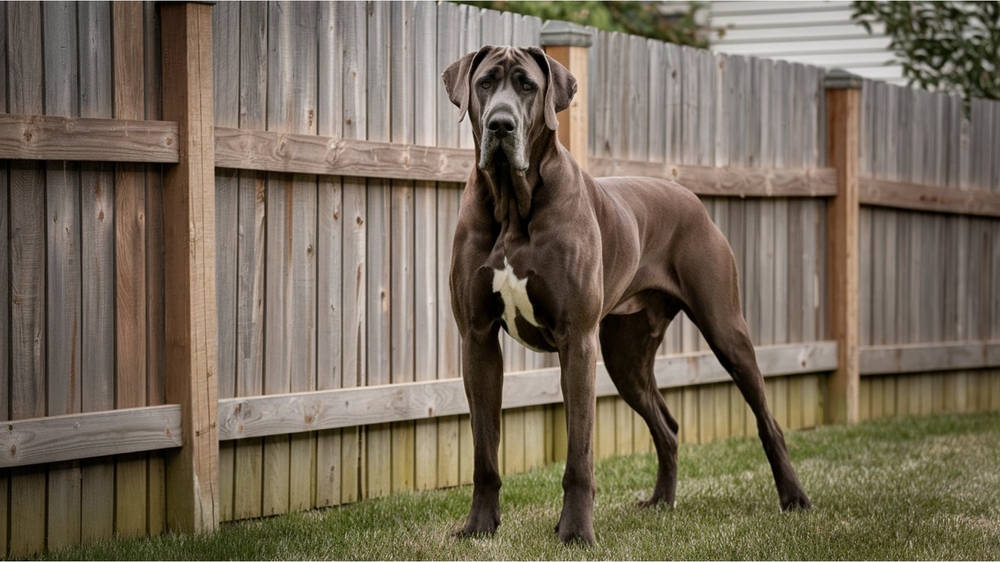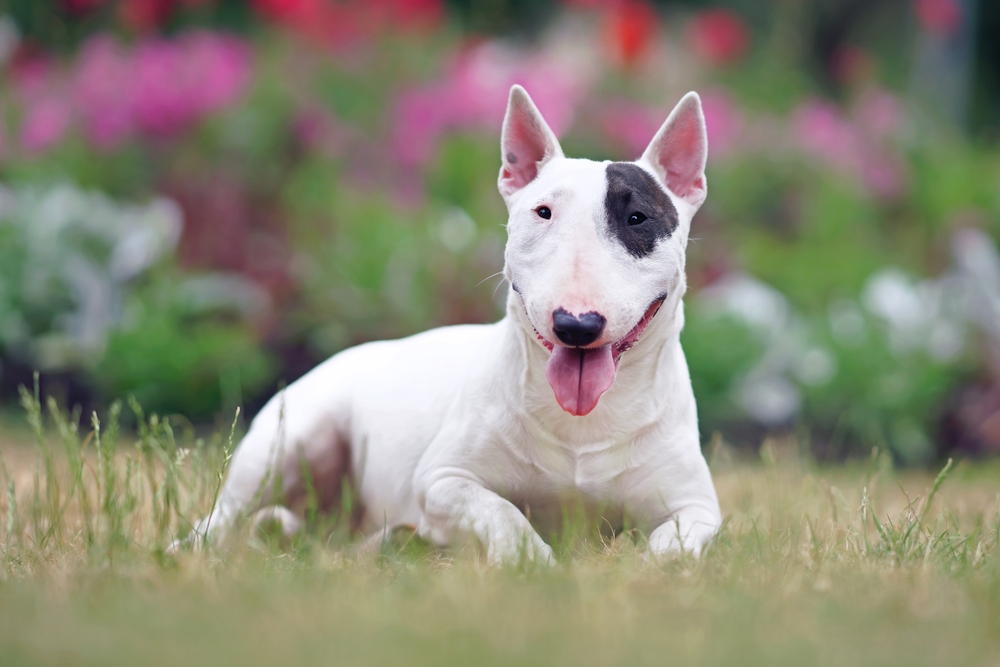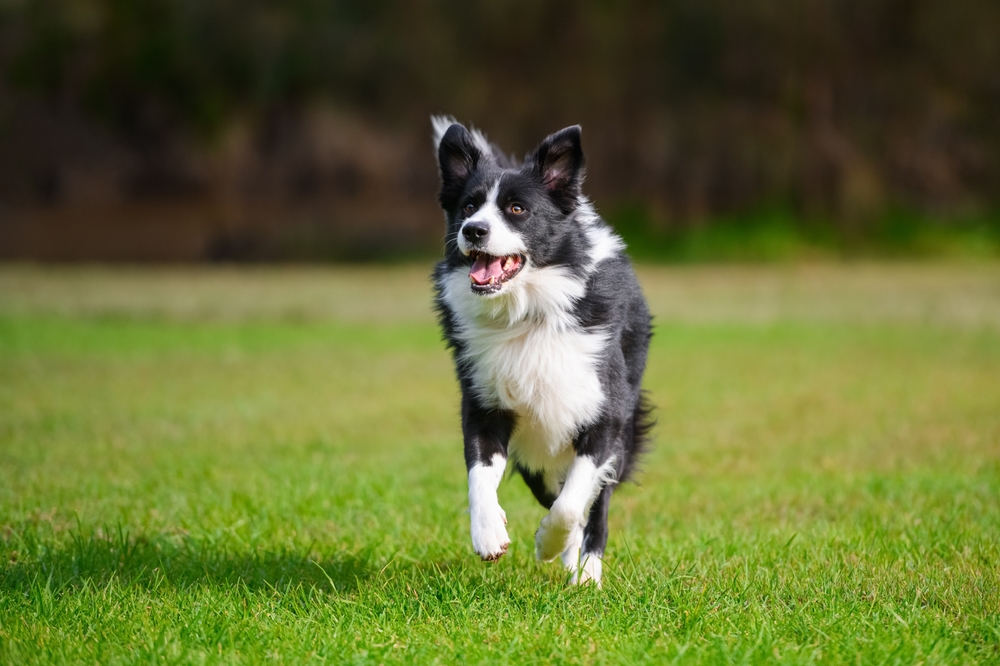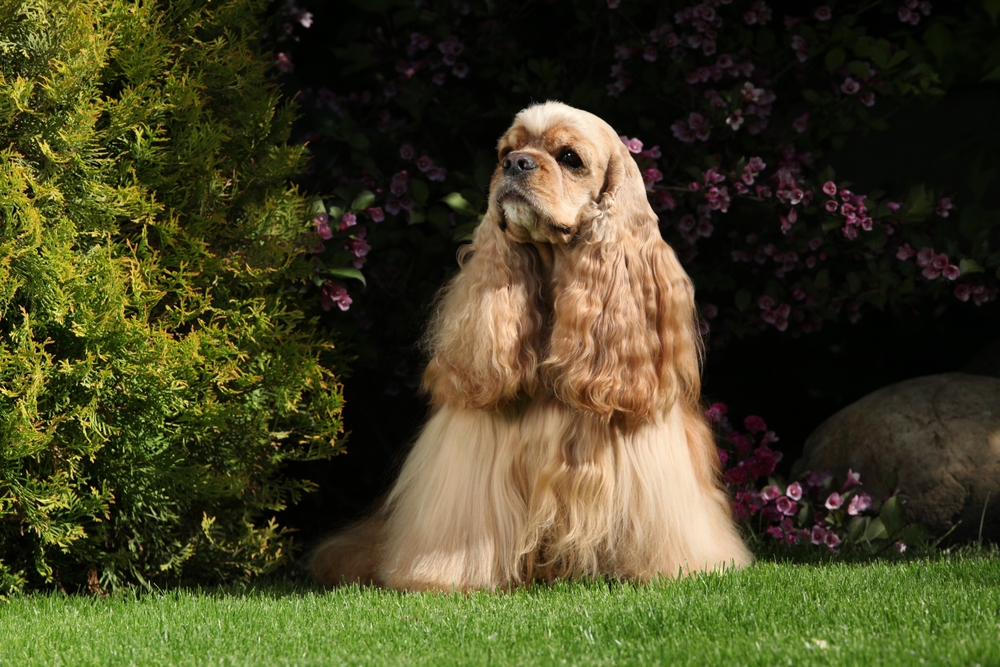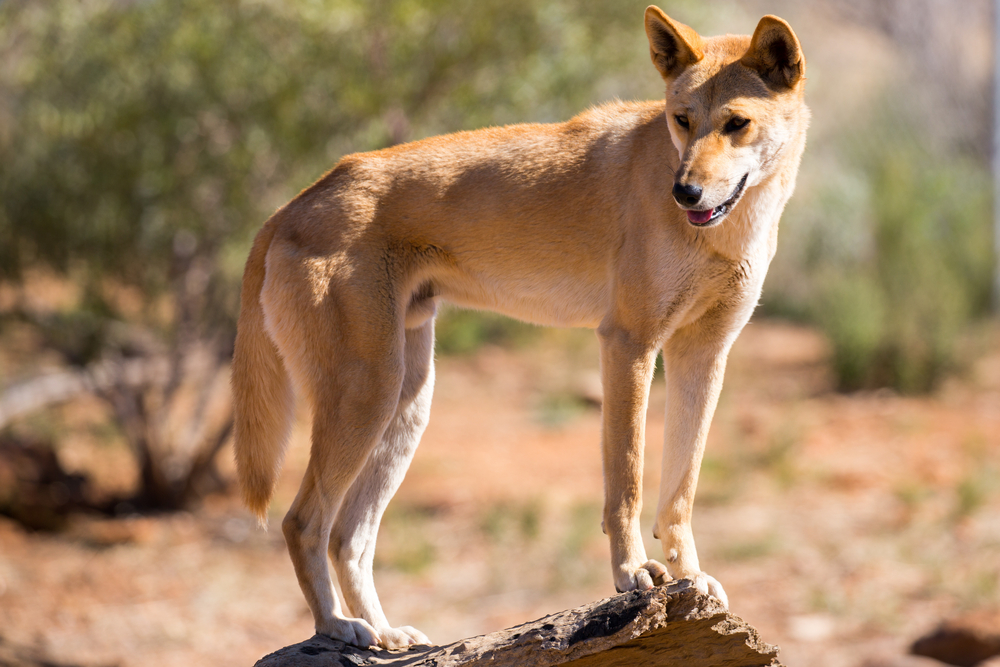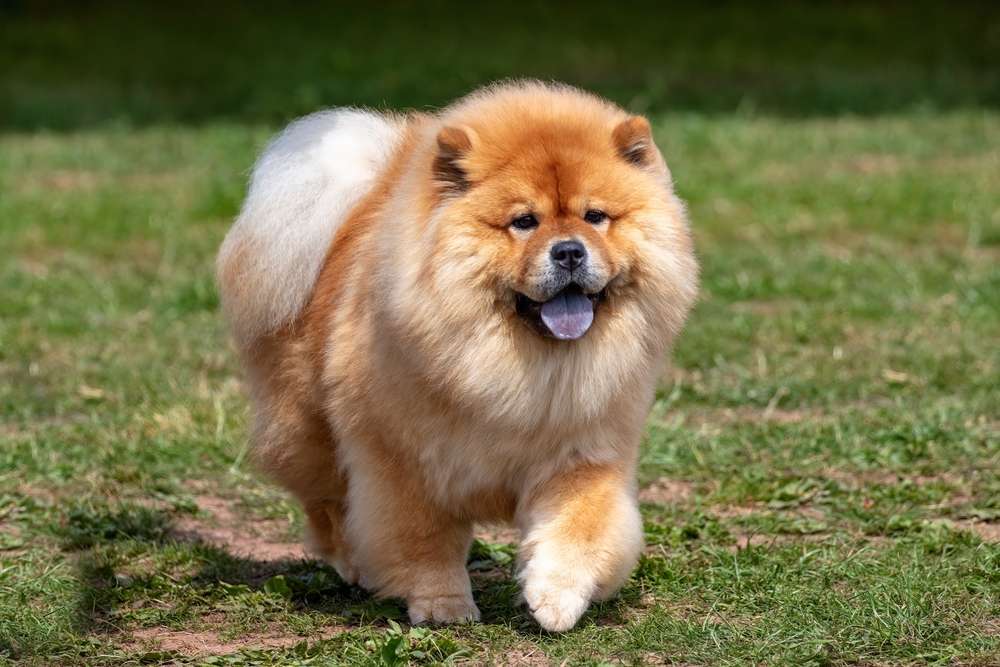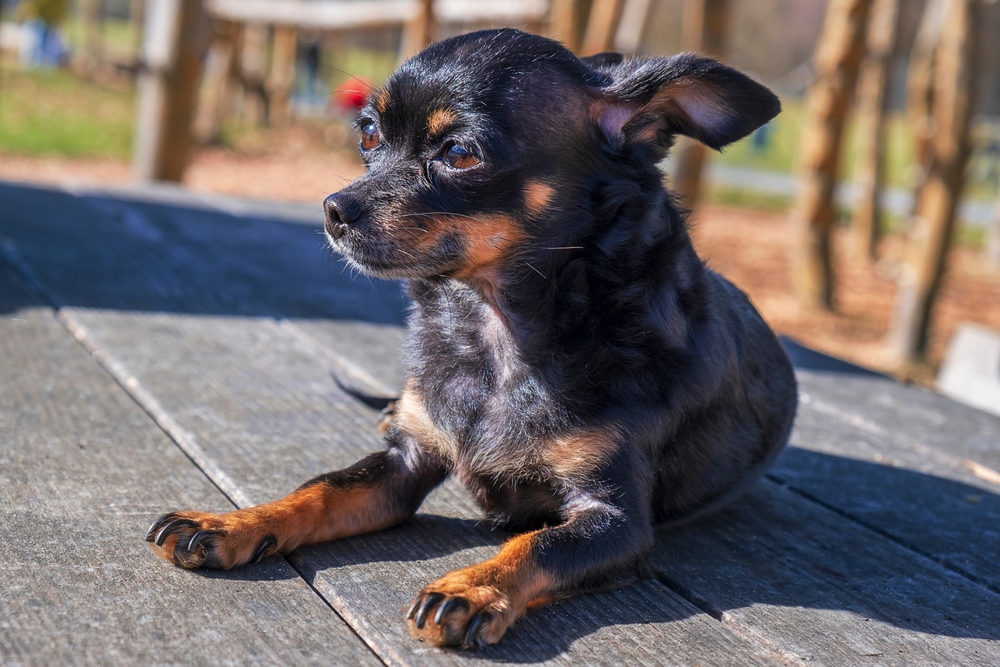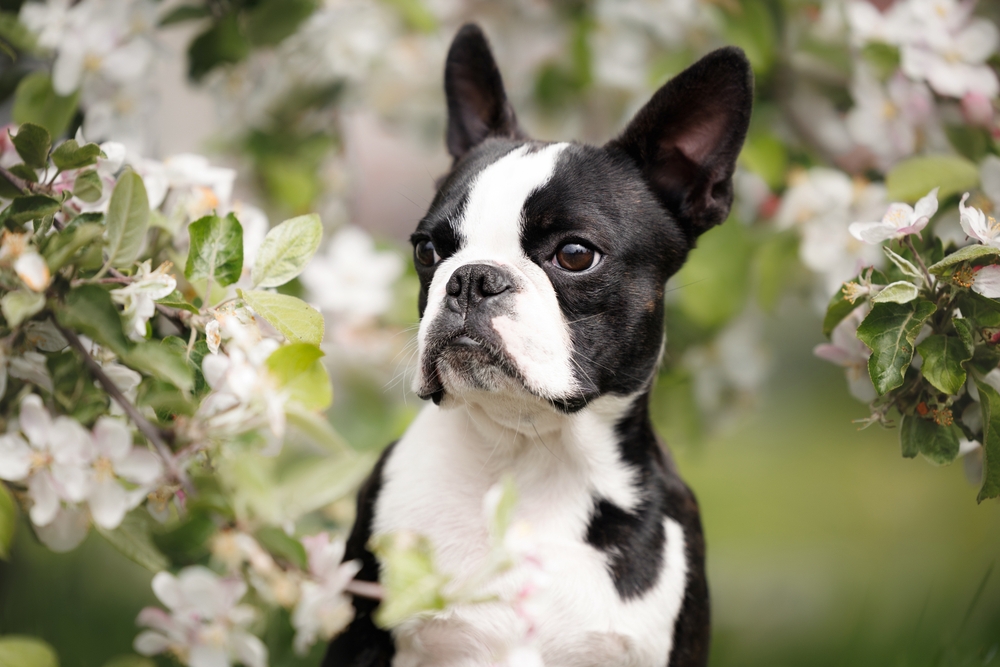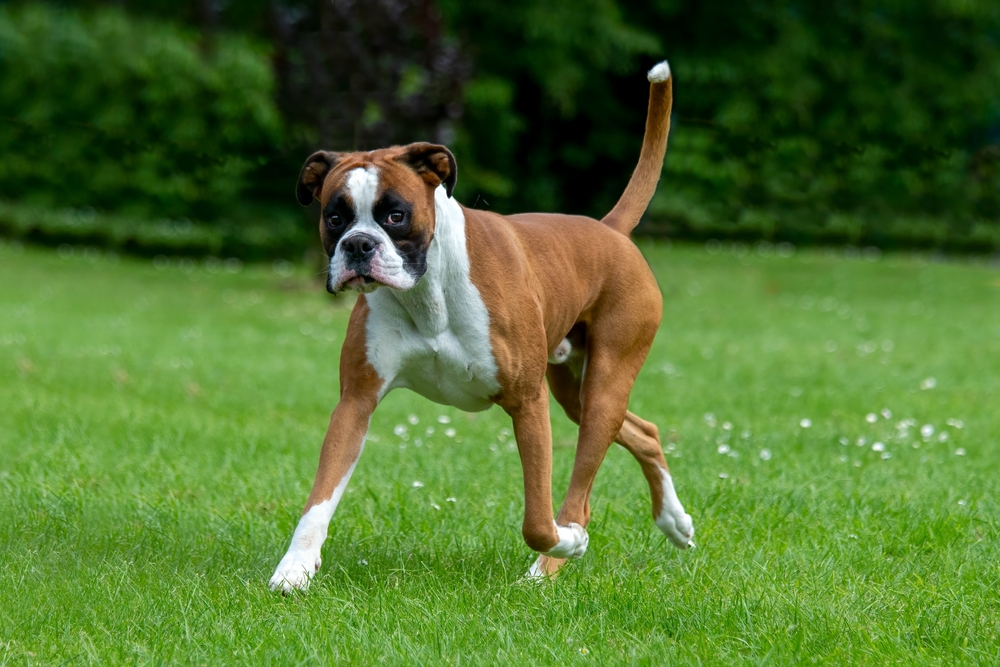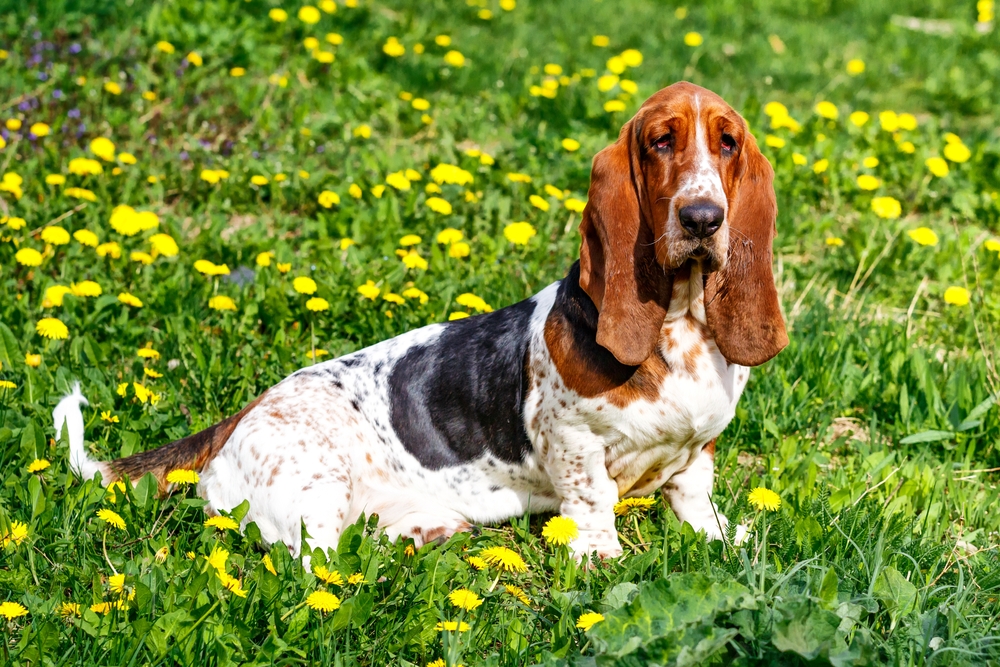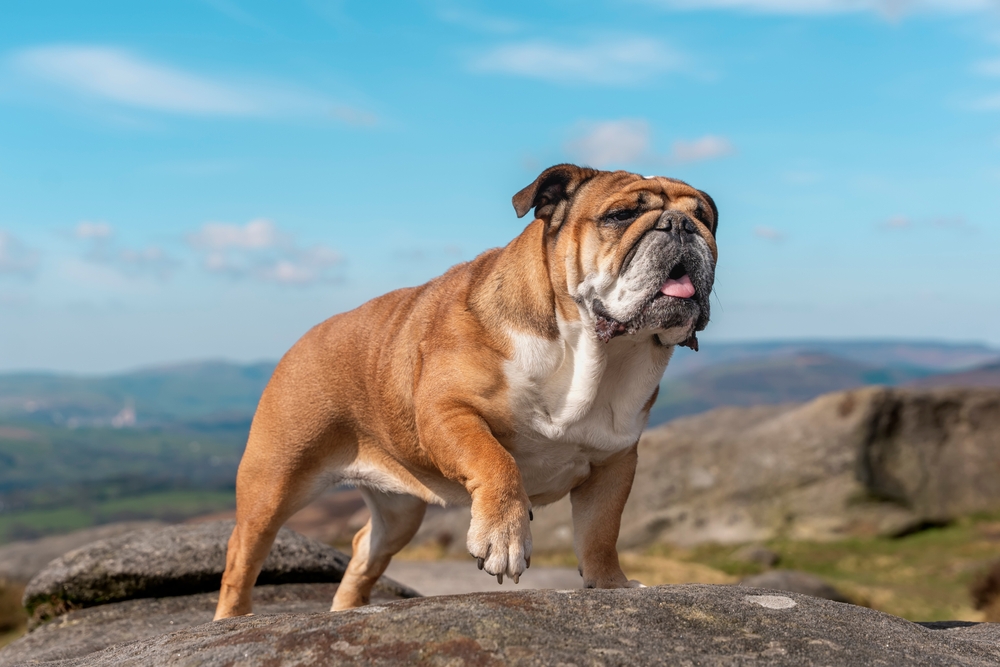Reproduction
The reproductive cycle of Great Danes follows the general domestic dog pattern, but their giant size requires special management for breeding and whelping:
1. Mating and Courtship:
Great Danes typically reach sexual maturity between 6 and 9 months, but responsible breeding is delayed until females are at least 18–24 months old and fully developed. Due to their size, careful handling is important during mating to prevent injury to either dog.
2. Estrus Cycle:
Females usually come into heat twice a year, with each cycle lasting about 2–3 weeks. The most fertile period is generally between days 9–14, though ovulation timing varies.
3. Gestation:
The gestation period averages 63 days (about 9 weeks). Pregnant females should be kept on a nutrient-rich, large-breed-appropriate diet to support fetal development and maintain maternal health. Moderate, low-impact exercise is recommended to keep muscles strong without adding stress to joints.
4. Birth of Puppies:
Typical litter sizes range from 6 to 10 puppies, though larger litters of 12 or more are possible. Due to their size, some females may require veterinary assistance during whelping, but natural births are common in healthy dams.
5. Care and Nurturing:
For the first 3–4 weeks, the mother provides warmth, cleaning, and nursing. Puppies open their eyes at around 10–14 daysand begin walking shortly thereafter. Large-breed puppies grow rapidly and require careful monitoring to avoid developmental orthopedic issues.
6. Weaning and Socialization:
Weaning begins at about 4 weeks, with gradual introduction to large-breed puppy food. Early socialization between 4–12 weeks is essential for Great Danes, as their eventual size makes early manners and confidence especially important.
7. Independence:
By 8–10 weeks, puppies are generally ready for rehoming, although some breeders keep them until 10–12 weeks to ensure proper development and training.
Because Great Danes are prone to hip dysplasia, bloat, heart disease (especially dilated cardiomyopathy), and certain genetic conditions, responsible breeders perform thorough health screenings and carefully manage breeding to promote long-term health and sound structure.



































































